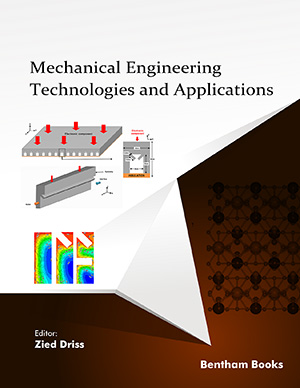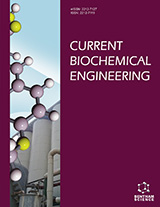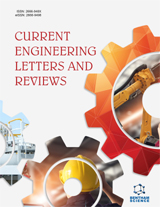Abstract
Burning fossil fuels produces a great part of our energy production today
and probably it will still do for at least the next few decades. Combustion is
encountered in many practical systems such as heaters, power plants, aeronautic
engines, buildings, etc. The growing expectations on increasing efficiency and reducing
fuel consumption and pollutant emissions make the design of combustion systems
much more complex and the science of combustion a rapidly expanding field.
Comprehension and analysis of complex physical mechanisms start with the study and
control of temperature and species in flame is an important challenge for industrial and
environmental issues. We focus our study on a Kerosene, Methane and Gasoil flame
simulated with detailed chemistry. The mathematical model is based on the enthalpy
conservation between two states, and this model is used with the first law of
thermodynamics to define enthalpies of reaction and adiabatic flame temperatures at
constant pressure [1, 4]. To reach this objective, we must know the products of
complete hydrocarbon combustion and all species of combustion products after
dissociation and their molar fractions and equilibrium equations of dissociation
reactions. Also, we calculate the elementary equilibrium reactions enthalpy and entropy
by using (Bonni Mc Bride et al.) coefficients [2, 3] to compute thermodynamic
functions such as specific heat, enthalpy and molar entropy. The obtained system of
equations is resolved by Newton Raphson method. Among the obtained results are: To
reduce the pollutants (CO2
, CO) and the fuel consumption, the mixture of fuel-air must
be lean, therefore, the equivalence ratio must be lower than the unit. According to this
study, if the fuel consumption is reduced via the equivalence ratio from 1.1 to 0.95, the
combustion temperature remains constant, however, the production of CO will be
reduced by 25%.
Keywords: Adiabatic flame temperature, Combustion, Fuel-Air equivalence ratio, Hydrocarbon, Pollution, Preheating.






















